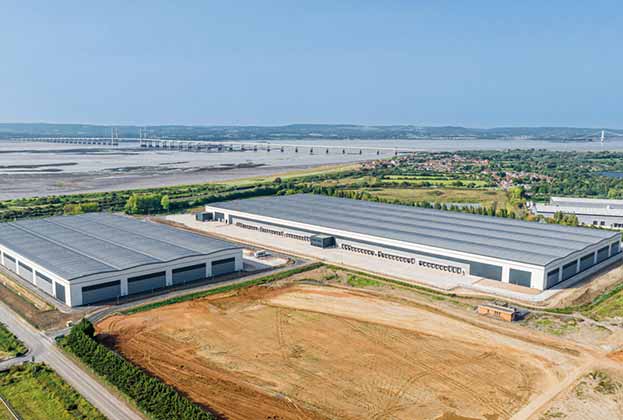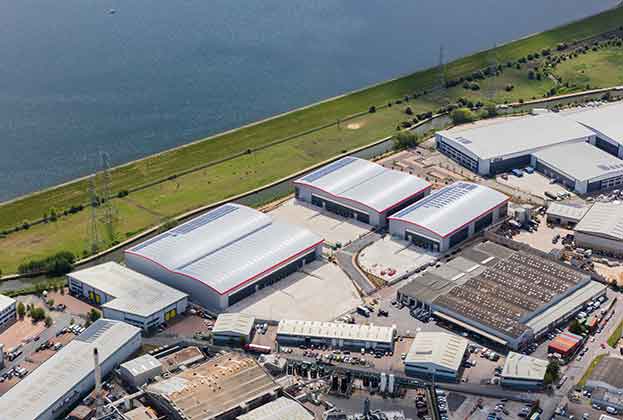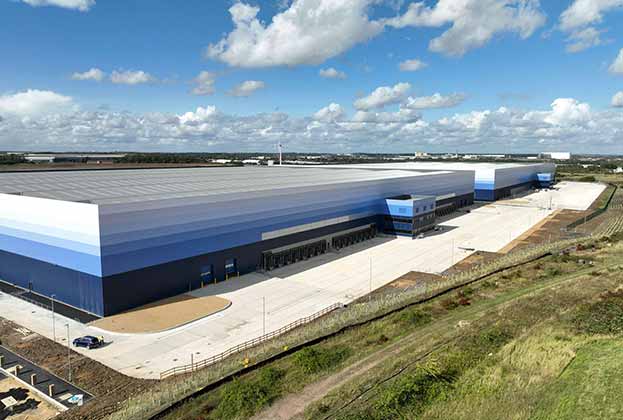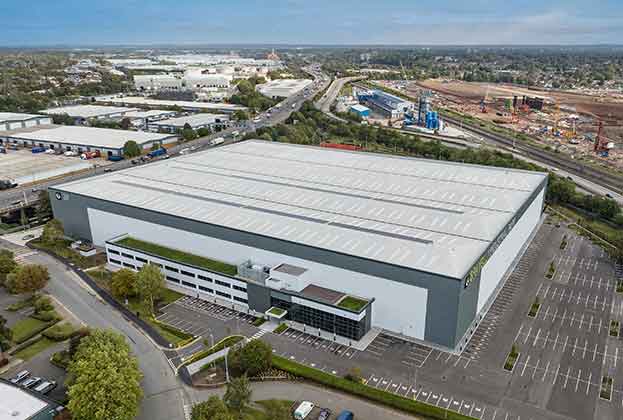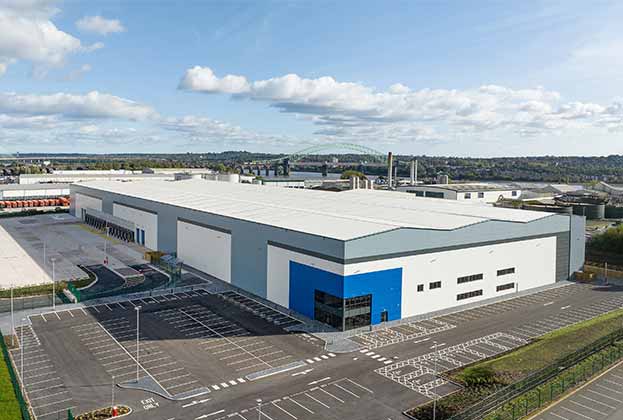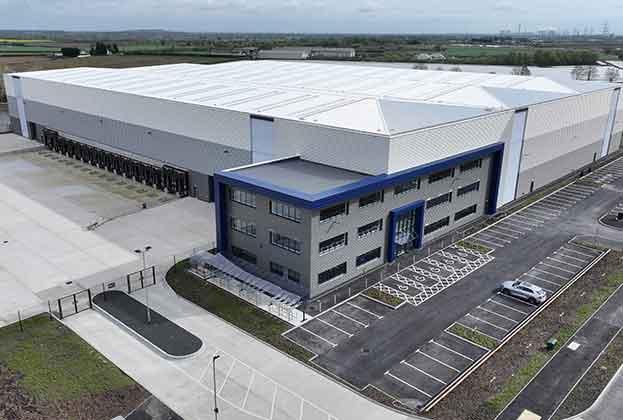At the start of the first Covid-19 lockdown in spring 2020, commercial capital markets transactions all but ceased as investors struggled to undertake due diligence and underwrite rental growth assumptions.
With so much uncertainty in the market, Savills prime equivalent yields moved out by 25 basis points in April 2020 to 4.5 per cent for logistics and distribution units and 4.25 per cent for multi-let estates, as investors demanded some pricing adjustment to reflect this tonal shift.
However, it soon became clear that the industrial and logistics occupational market was showing no signs of slowing with take-up 80 per cent above the long-term average, while rental levels also continued to increase. As a result, confidence returned to the investment market in the second half of the year, leading to a record breaking £8.3 billion of industrial volumes transacted by the end of 2020.
What’s more, as lockdown restrictions continue to ease, positive sentiment coupled with competitive tension caused by a flurry of new entrants will continue to put significant downward pressure on yields. In fact, subsequent inward adjustments now leave prime equivalent industrial yields at 3.5 per cent with the potential to contract further still.
With yields now lower than those for City of London offices the questions being asked are can this last and how low can they go?
Supply and demand in the industrial occupier market remains firmly in favour of the landlord and developer. Our research notes that occupier requirements were 223 per cent up at the start of this year compared with 2020. Meanwhile the supply of big box units has now fallen to 30.8 million sq ft with vacancy rates at 5.4 per cent, the lowest since 2016.
Consequently, this supply and demand imbalance should continue to drive further rental growth. RealFor, an independent economic forecasting house, predict an average of 2.7 per cent rental growth per annum from 2021 to 2025 for industrial & logistics space. This is significantly higher than the forecasts for both offices and retail, which stand at 1.2 and -1.0 per cent respectively.
When taking all this into consideration, the outlook for continued rental growth together with the significant weight of capital looking to deploy in the UK industrial and logistics market means that prime industrial yields are likely to remain low. We could even see them harden further still in the foreseeable future.
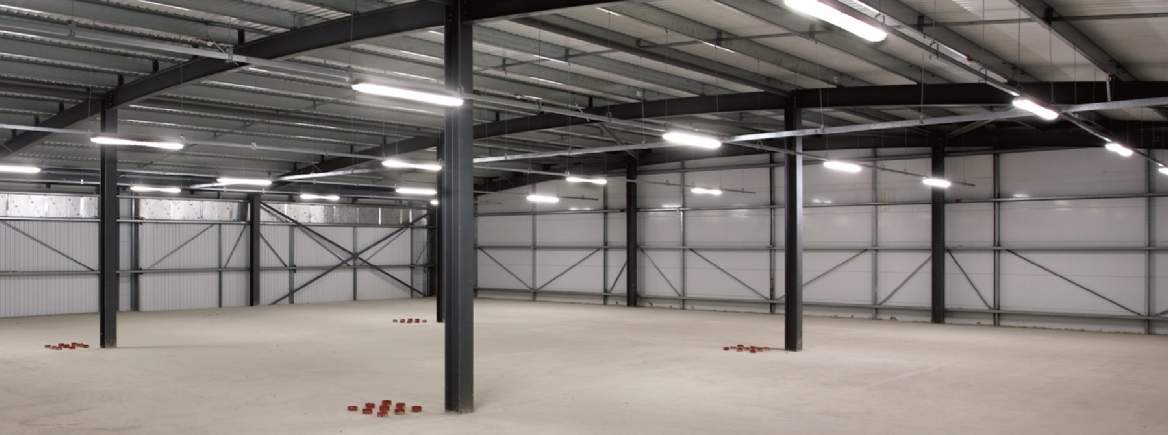
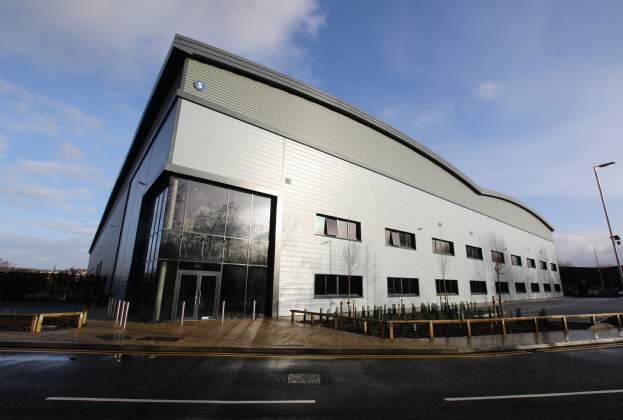
.jpg)

.jpg)
